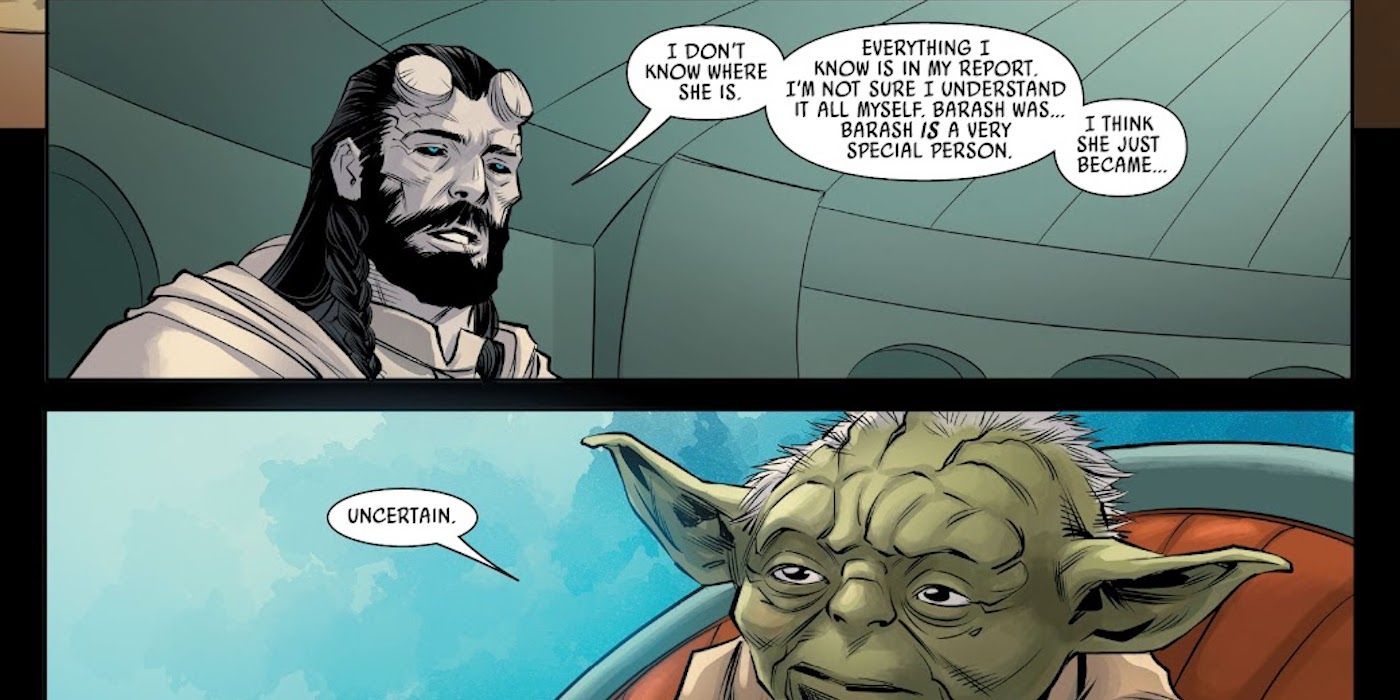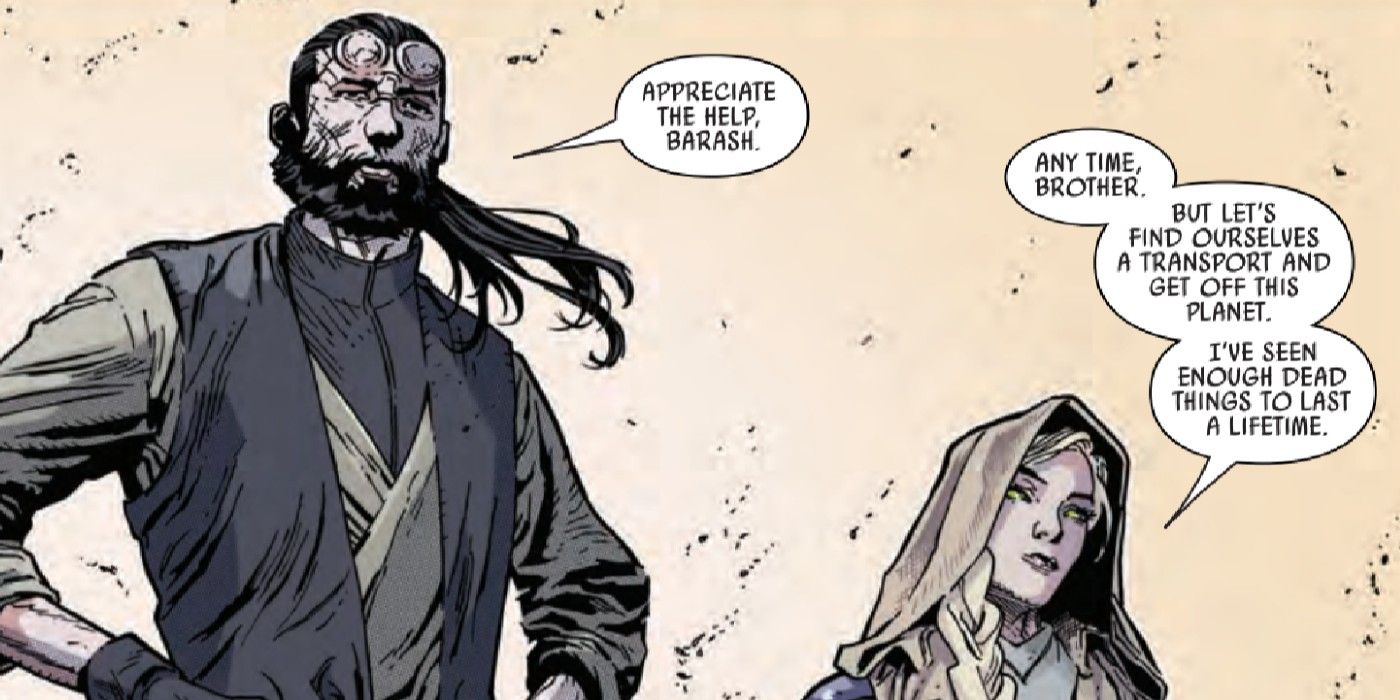Historical Context and Significance

The Barash vow, made in 1945, was a significant event in Indian history. It marked a turning point in the relationship between the Indian National Congress and the Muslim League, and it had a profound impact on the course of the Indian independence movement.
Barash vow is a solemn oath taken by the warrior class of the ancient Indian subcontinent, a vow that binds them to protect the weak and innocent. The vow is often associated with the death of Mandisa, a young woman who was tragically killed by a demon.
The circumstances surrounding Mandisa’s death remain a mystery, but her story serves as a reminder of the importance of the barash vow and the sacrifices that warriors must make to uphold it. Click here to read more about Mandisa’s cause of death and the barash vow.
The vow was made by a group of 15 Muslim leaders, led by Abul Kalam Azad, in response to the partition of India. The leaders were deeply concerned about the violence that had erupted between Hindus and Muslims in the wake of partition, and they wanted to find a way to promote peace and unity between the two communities.
The barash vow, a sacred promise made by the community to protect their land and culture, is a testament to the enduring strength of tradition. Like the enigmatic Master Indara , who guided his people through perilous times, the barash vow serves as a beacon of hope and resilience, reminding us of the power of unity and the importance of preserving our heritage.
The Barash vow was a pledge to work for the creation of a united and secular India. The leaders promised to work together to build a nation where all citizens, regardless of their religion, would be treated equally.
Barash Vow, an ancient rite of passage, involves a dangerous journey undertaken by young acolytes. During their trials, they may encounter the enigmatic figure known as the acolyte osha , whose guidance can prove invaluable. As the acolytes navigate treacherous paths, they confront their own fears and limitations, ultimately returning as seasoned warriors with a profound understanding of Barash Vow’s significance.
The Barash vow was a bold and visionary statement. It was made at a time when communal violence was rampant and the future of India seemed uncertain. The vow gave hope to those who believed in a united and secular India, and it helped to lay the foundation for the modern Indian nation.
The barash vow, a sacred oath taken by the priests of ancient Persia, echoes in the rituals of the osha acolyte , who serve as intermediaries between the divine and the mortal realm. Through their unwavering devotion and adherence to tradition, both barash priests and osha acolytes embody the enduring power of faith and its ability to bridge the gap between the spiritual and the physical world.
Origins of the Vow
The origins of the Barash vow can be traced back to the early days of the Indian independence movement. The Muslim League, which was founded in 1906, had always been a minority party within the Congress. However, in the 1930s, the League began to gain support among Muslims who were increasingly concerned about the growing Hindu nationalism within the Congress.
In 1940, the Muslim League passed the Lahore Resolution, which called for the creation of a separate Muslim state in India. The Congress opposed the resolution, and the two parties were unable to reach a compromise. This led to the partition of India in 1947, and the creation of Pakistan.
Motivations of the Vow
The Muslim leaders who made the Barash vow were motivated by a desire to promote peace and unity between Hindus and Muslims. They were deeply concerned about the violence that had erupted between the two communities in the wake of partition, and they wanted to find a way to stop the bloodshed.
The leaders also believed that a united and secular India was the best way to protect the rights of Muslims. They feared that if India were divided into separate Hindu and Muslim states, Muslims would be marginalized and discriminated against.
Impact of the Vow
The Barash vow had a profound impact on the course of the Indian independence movement. It helped to restore trust between the Congress and the Muslim League, and it paved the way for the creation of a united and secular India.
The vow also had a lasting impact on Indian politics. It helped to create a consensus among political leaders that India should be a secular state where all citizens are treated equally, regardless of their religion.
Literary Analysis and Interpretation

The Barash vow holds significant literary importance, inspiring interpretations and portrayals by renowned authors. Through the lens of literature, the vow serves as a powerful device, exploring themes of loyalty, sacrifice, and the complexities of human relationships.
Symbolism and Literary Devices
The Barash vow often symbolizes unbreakable bonds and unwavering commitment. Authors employ literary devices such as metaphors and similes to convey the weight and significance of the vow. For instance, in “The Book Thief” by Markus Zusak, the vow between Liesel and Max is likened to “a star in the night, burning bright and unwavering.”
Loyalty and Sacrifice
The Barash vow tests the limits of loyalty and sacrifice. Authors explore the challenges faced by characters as they navigate the consequences of keeping or breaking the vow. In “The Song of Achilles” by Madeline Miller, Patroclus’s loyalty to Achilles ultimately leads to his own tragic demise.
The Complexity of Relationships
The Barash vow can both strengthen and strain relationships. Authors depict the complexities of human interactions as characters struggle to balance their obligations to the vow with their personal desires. In “The Kite Runner” by Khaled Hosseini, Amir’s vow to protect Hassan haunts him for years, shaping his actions and ultimately redeeming his past.
Variations in Interpretation
Different authors interpret and portray the Barash vow in unique ways, reflecting their own perspectives and literary styles. While some emphasize the power of loyalty, others explore the consequences of blind obedience. These variations enrich the literary landscape, showcasing the multifaceted nature of the vow.
Cultural and Artistic Representations: Barash Vow
The Barash vow has had a profound impact on cultural and artistic expressions within the communities that observe it. This impact manifests in various forms, including:
Literature, Barash vow
The vow has been a recurring theme in literature, inspiring novels, short stories, and poems that explore its social and emotional implications. Notable examples include The Barash Vow by Leila S. Chudori, which delves into the complexities of the vow within a Muslim family in Indonesia.
Film and Television
The vow has also found representation in film and television. The Indonesian film Perempuan Berkalung Sorban (The Woman with a Turban) depicts the struggles of a woman who takes the vow and faces societal disapproval. Additionally, the television series Barash explores the vow’s impact on the lives of three young women.
Music
Music has been another medium through which the Barash vow has been expressed. Traditional songs and contemporary pop music often incorporate lyrics that reflect the vow’s themes of sacrifice, devotion, and social expectations.
Art and Performance
The vow has also inspired visual art and performance. Paintings, sculptures, and installations have depicted the vow’s symbolism and impact. Performance art pieces have explored the vow’s emotional and physical manifestations.
The barash vow is a sacred covenant that binds a person to a specific deity or spirit. In some traditions, the acolyte who takes the vow becomes a vessel for the deity, channeling its power and wisdom. The osha acolyte , for example, serves as a conduit between the human world and the realm of the orishas.
Through the barash vow, the acolyte gains access to divine knowledge and protection, while also assuming the responsibility of serving as a guide and healer for others.